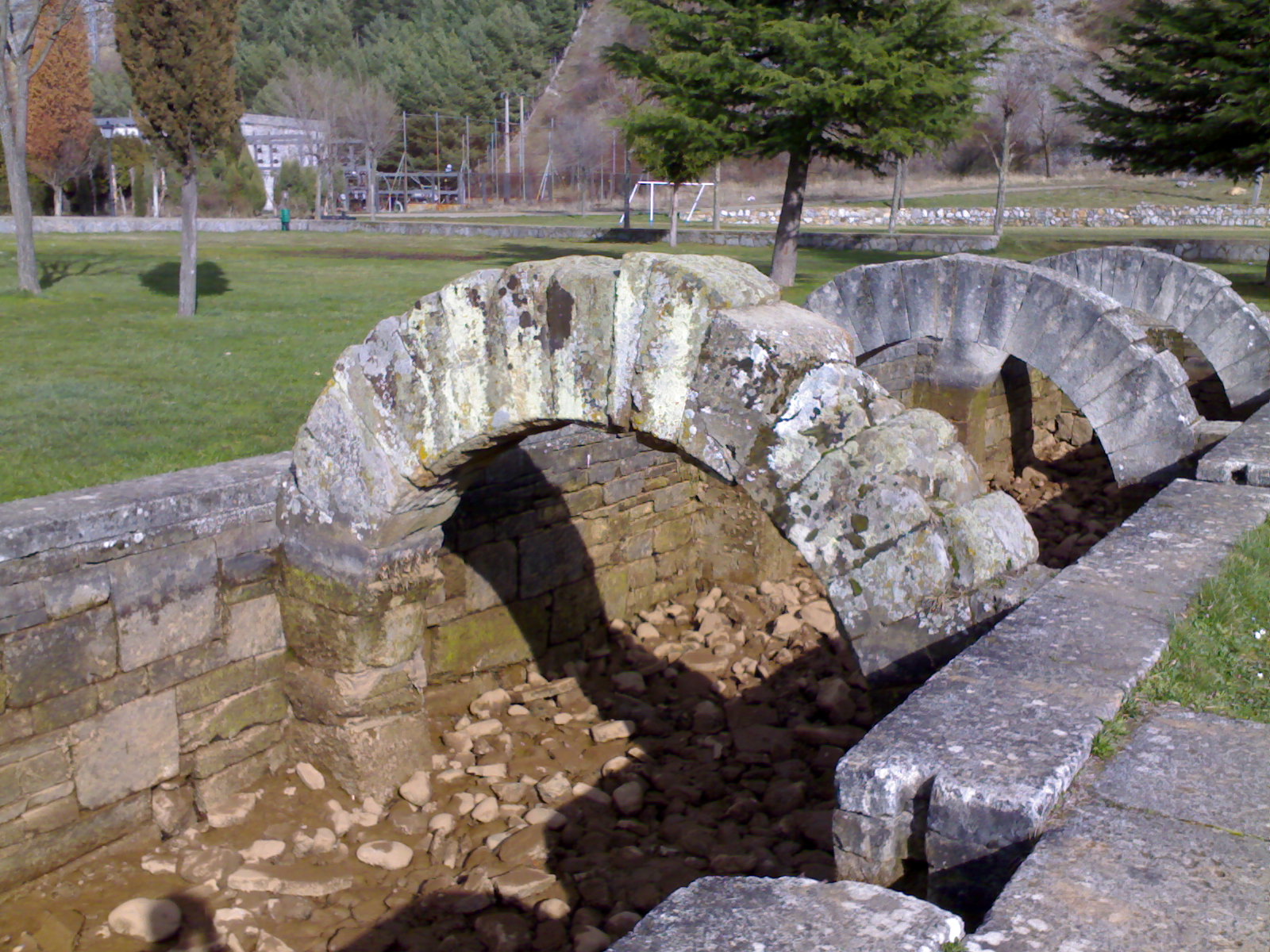|
Fontes Tamarici
The Fontes Tamarici, in Spanish ''Fuentes Tamáricas'' (English: ''Tamaric Fountains'') are three springs located by the geographer and Roman historian Pliny the Elder in classical Cantabria. Since the 18th century they have been identified with the source of ''La Reana'' in Velilla del Río Carrión, Palencia, Spain. The first mention of the spring, by Pliny, dates from the time of the Roman conquest of Cantabria. Pliny records that the springs were frequently dry, while other nearby springs continued to flow; he says that the springs being dry was considered to be a bad omen. History The Tamarici, one of the tribes that made up the Cantabri, inhabited the area from the 3rd century BC. They worshiped waters and the sacred springs. The exact year of the construction of the Fontes Tamarici is unknown, but when the Roman Empire conquered Cantabria in 19 BC, they found these sources that drew wide attention. The outbreak irregular emptying its waters and unexpected, accompan ... [...More Info...] [...Related Items...] OR: [Wikipedia] [Google] [Baidu] |
Velilla Del Río Carrión
Velilla del Río Carrión is a municipality located in the province of Palencia, Castile and León, Spain. According to the 2018 census (INE), the municipality has a population of 1,299 inhabitants. Here is the Velilla Power Plant, a coal-fired power station, and the Fuentes Tamáricas, cantabrian intermittent fountains. File:La Reana2.jpg, Fontes Tamarici File:Aérea central térmica Velilla.JPG, Velilla Power Plant Notable people *Mara Santos Mara Santos García (born May 25, 1969 in Velilla del Río Carrión) is a Spanish marathon canoer who has competed since 1985 to 2012. Competing in Canoe Marathon World Championships, she has won five gold medals, two silvers and two bronzes. ..., world champion in canoe marathon. References External linksOfficial site. Municipalities in the Province of Palencia {{Palencia-geo-stub ... [...More Info...] [...Related Items...] OR: [Wikipedia] [Google] [Baidu] |
Laundry
Laundry refers to the washing of clothing and other textiles, and, more broadly, their drying and ironing as well. Laundry has been part of history since humans began to wear clothes, so the methods by which different cultures have dealt with this universal human need are of interest to several branches of scholarship. Laundry work has traditionally been highly gendered, with the responsibility in most cultures falling to women (formerly known as laundresses or washerwomen). The Industrial Revolution gradually led to mechanized solutions to laundry work, notably the washing machine and later the tumble dryer. Laundry, like cooking and child care, is still done both at home and by commercial establishments outside the home. The word "laundry" may refer to the clothing itself, or to the place where the cleaning happens. An individual home may have a laundry room; a utility room includes but is not restricted to the function of washing clothes. An apartment building or student hal ... [...More Info...] [...Related Items...] OR: [Wikipedia] [Google] [Baidu] |
Buildings And Structures In The Province Of Palencia
A building, or edifice, is an enclosed structure with a roof and walls standing more or less permanently in one place, such as a house or factory (although there's also portable buildings). Buildings come in a variety of sizes, shapes, and functions, and have been adapted throughout history for a wide number of factors, from building materials available, to weather conditions, land prices, ground conditions, specific uses, prestige, and aesthetic reasons. To better understand the term ''building'' compare the list of nonbuilding structures. Buildings serve several societal needs – primarily as shelter from weather, security, living space, privacy, to store belongings, and to comfortably live and work. A building as a shelter represents a physical division of the human habitat (a place of comfort and safety) and the ''outside'' (a place that at times may be harsh and harmful). Ever since the first cave paintings, buildings have also become objects or canvasses of much artis ... [...More Info...] [...Related Items...] OR: [Wikipedia] [Google] [Baidu] |
Fountains In Spain
A fountain, from the Latin "fons" (genitive "fontis"), meaning source or Spring (hydrology), spring, is a decorative reservoir used for discharging water. It is also a structure that jets water into the air for a decorative or dramatic effect. Fountains were originally purely functional, connected to springs or aqueduct (watercourse), aqueducts and used to provide drinking water and water for bathing and washing to the residents of cities, towns and villages. Until the late 19th century most fountains operated by gravity, and needed a source of water higher than the fountain, such as a reservoir or aqueduct, to make the water flow or jet into the air. In addition to providing drinking water, fountains were used for decoration and to celebrate their builders. Roman fountains were decorated with bronze or stone masks of animals or heroes. In the Middle Ages, Moorish and Muslim garden designers used fountains to create miniature versions of the gardens of paradise. King Louis XIV ... [...More Info...] [...Related Items...] OR: [Wikipedia] [Google] [Baidu] |



